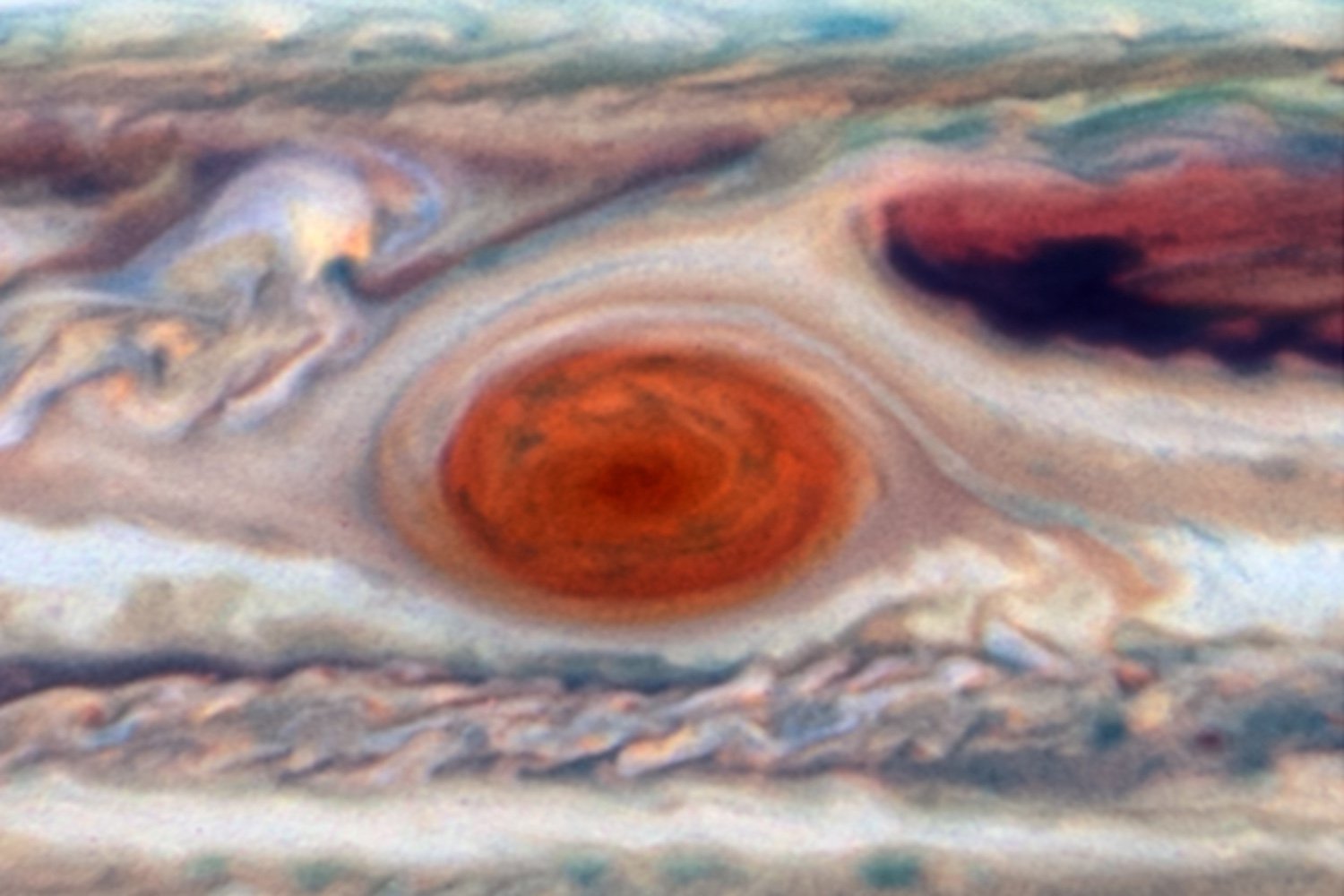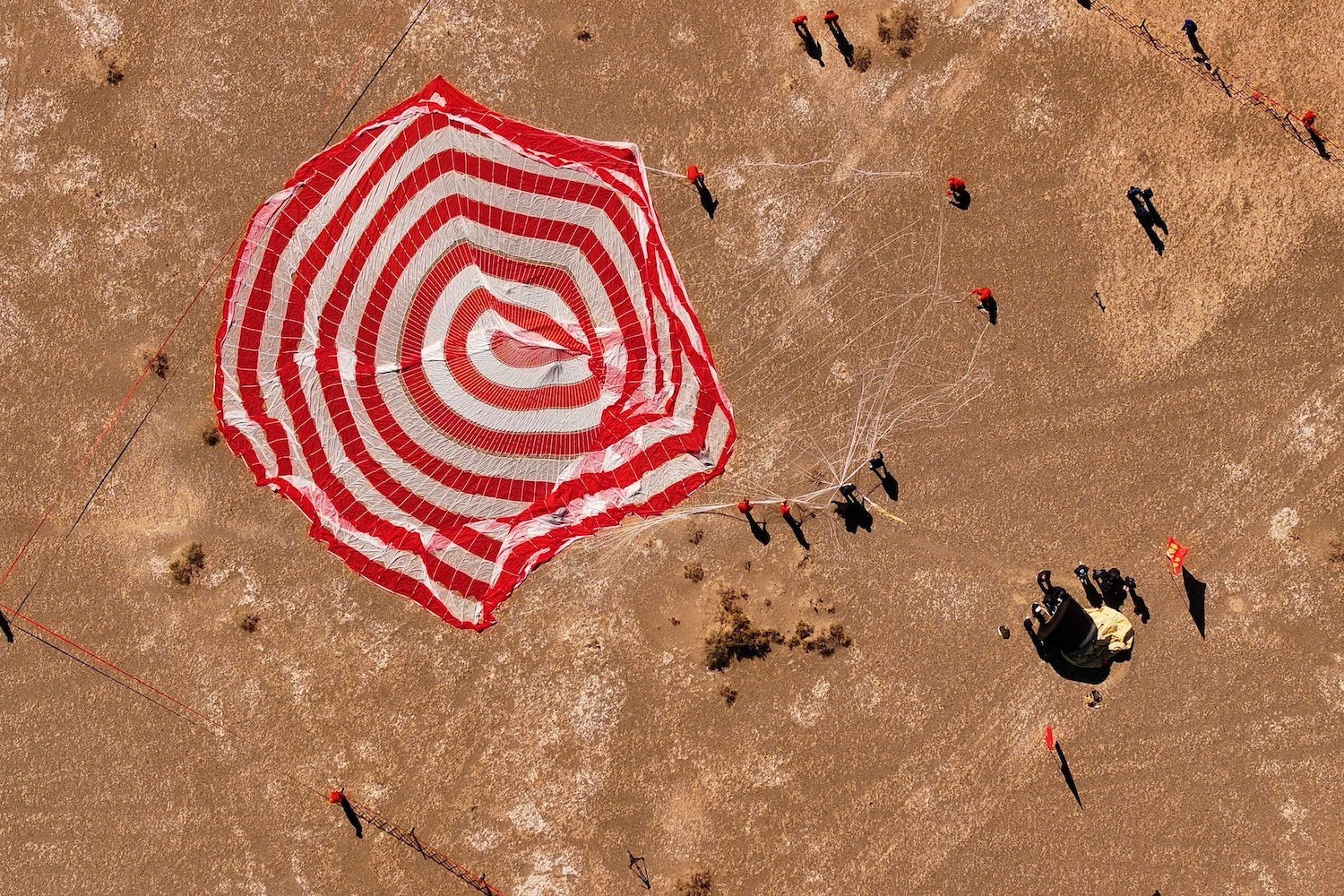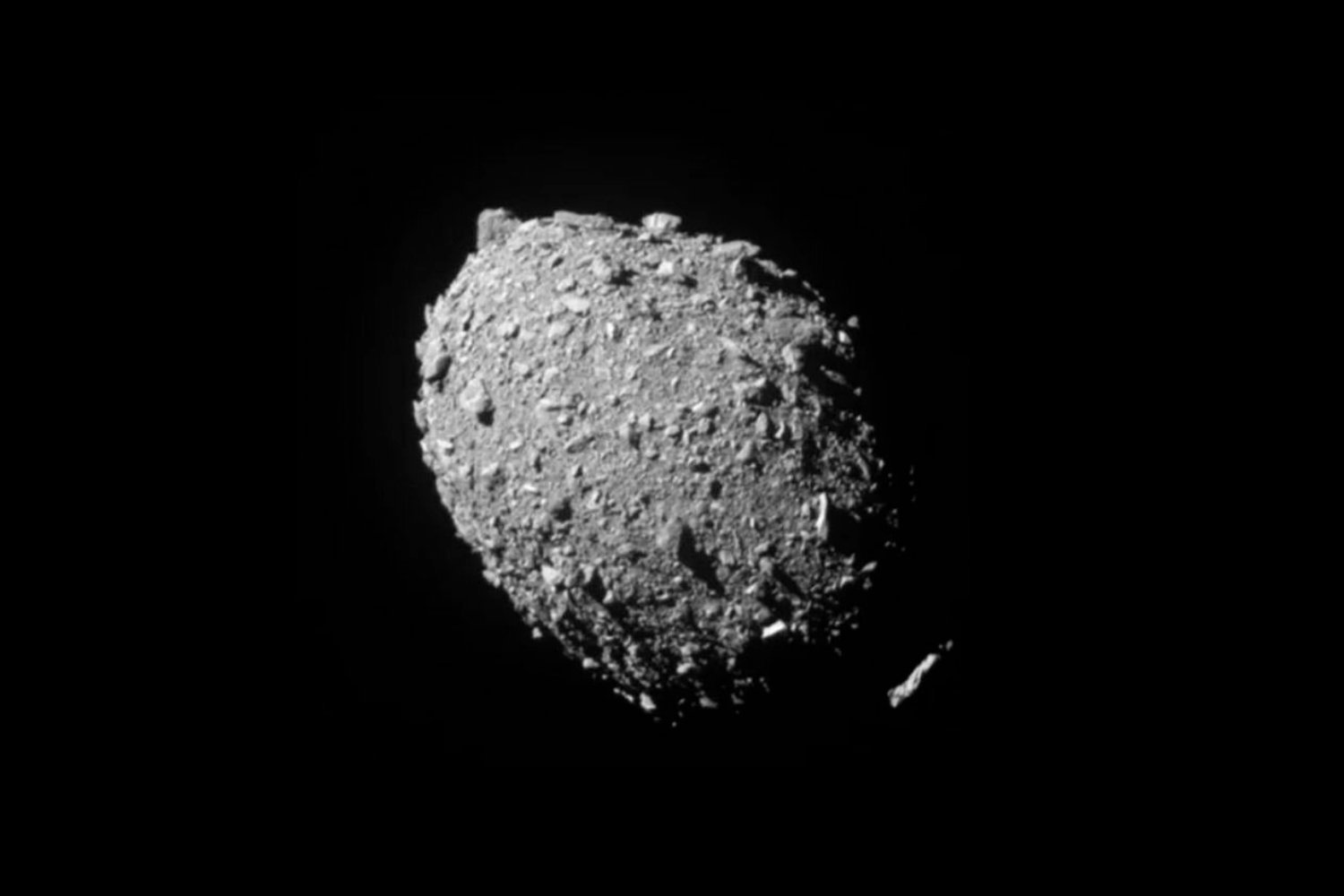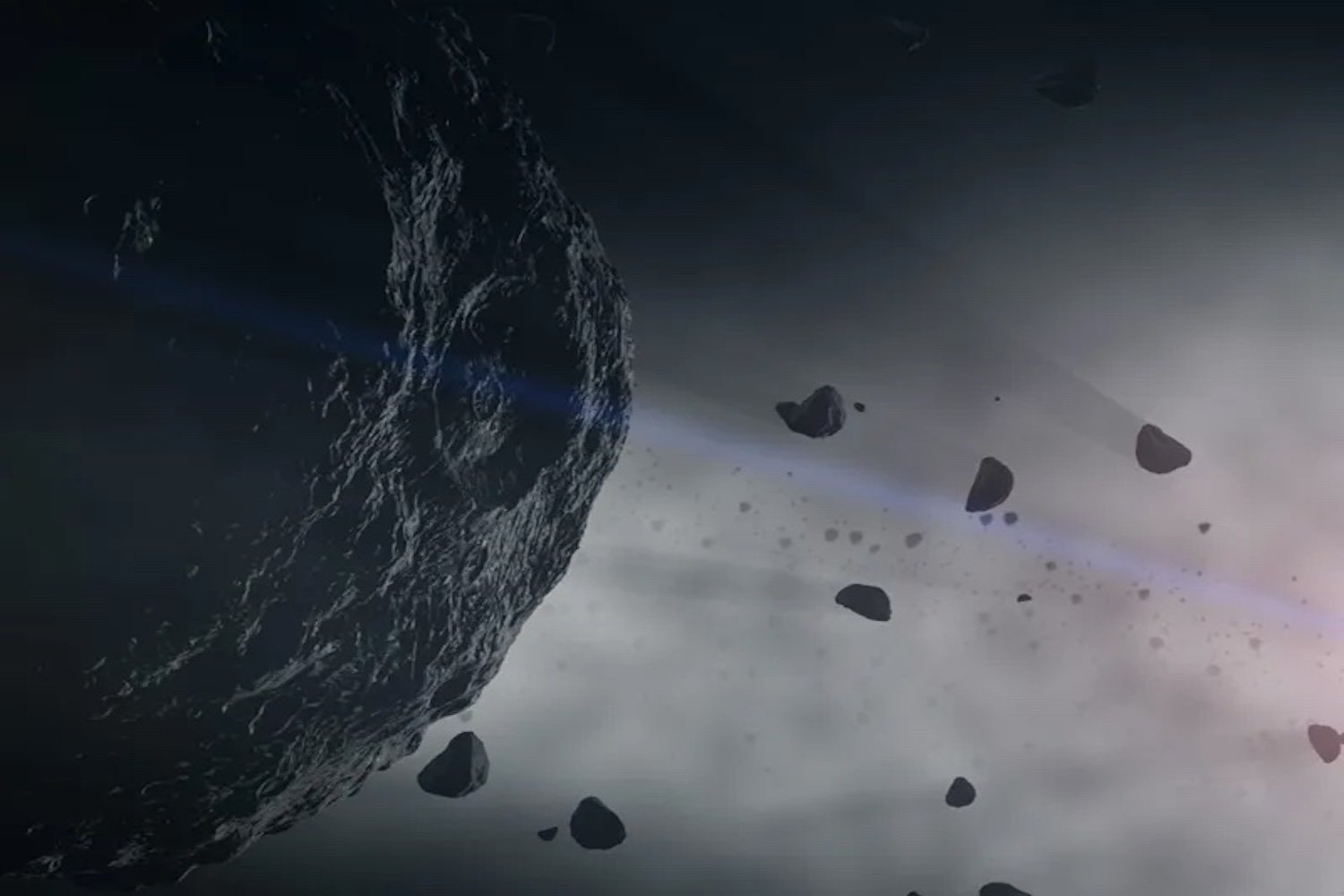Jupiter’s centuries-old storm, the Great Red Spot (GRS), has long captivated astronomers. Recent high-resolution images from the Hubble Space Telescope, however, reveal a dynamic and evolving storm, challenging previous assumptions about its stability. Observations from December 2023 to March 2024 captured the GRS fluctuating in size and shape over just 90 days, raising intriguing questions about the forces at play within this colossal atmospheric phenomenon.
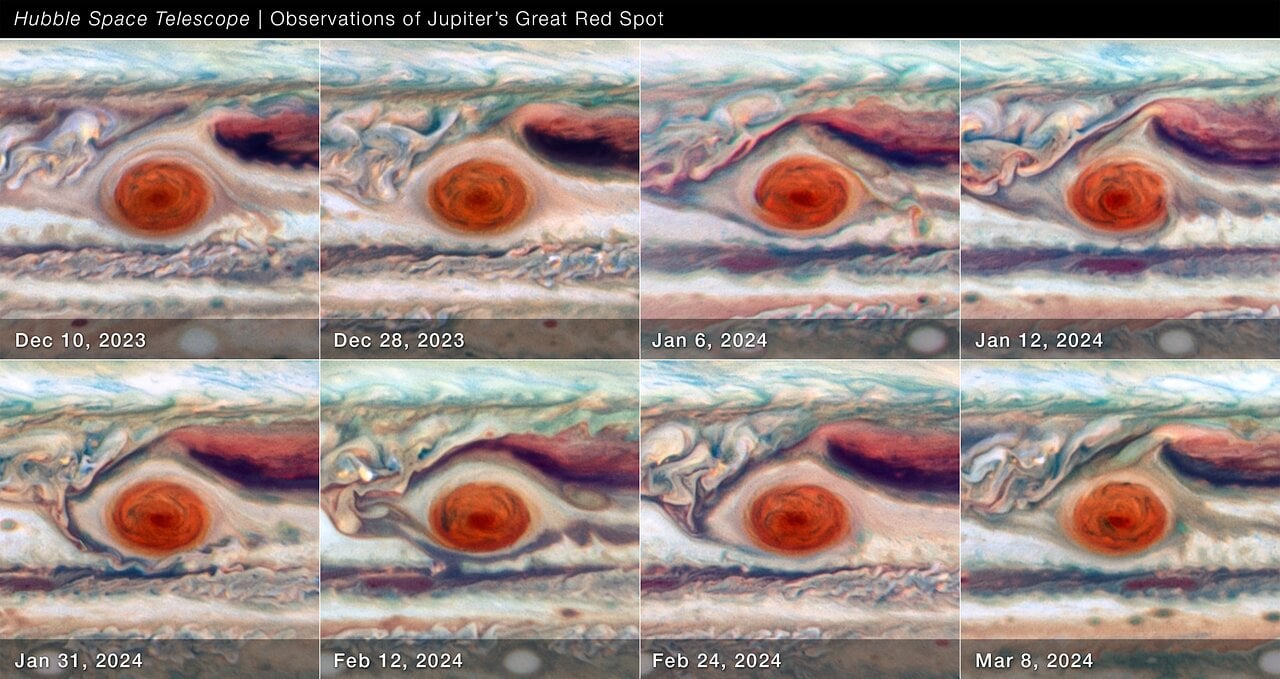
Hubble Captures the Red Spot’s Dynamic Nature
The Hubble observations, detailed in a study published in The Planetary Science Journal, provide unprecedented insights into the GRS’s behavior. Researchers meticulously tracked the storm’s size, shape, brightness, color, and vorticity throughout a complete oscillation cycle. This detailed time-lapse revealed the GRS expanding and contracting, with its core brightening as it reached its maximum size within the 90-day period.
Unprecedented Oscillations Observed
Lead author Amy Simon, a researcher at NASA’s Goddard Space Flight Center, emphasized the significance of these findings: “This is the first time we’ve had the necessary imaging frequency of the GRS to observe these oscillations. Hubble’s resolution allows us to definitively see the GRS squeezing in and out concurrently with changes in its speed. While slight longitudinal variations in its movement were known, the size oscillations were unexpected and, to our knowledge, have never been identified before.”
A Solar System Giant in Flux
The Great Red Spot, a swirling vortex of clouds, dominates Jupiter’s atmosphere. Dwarfing Earth at nearly twice its size, it occupies one-sixth of Jupiter’s diameter, making it the largest known storm in our solar system. Though initially measured at 24,200 miles (39,000 kilometers), the GRS has been steadily shrinking, currently spanning 10,159 miles (16,350 kilometers) and becoming more circular.
Shrinking and Stabilizing?
Hubble’s decade-long monitoring of the GRS has documented this ongoing shrinkage. Researchers predict that as the storm diminishes, it will stabilize. Simon explains, “Currently, it overfills its latitudinal band relative to the surrounding wind field. As it shrinks within this band, the winds will likely hold it in place more effectively.”

Unraveling the Mechanics of a Cosmic Storm
Unlike Earth’s hurricanes, the GRS rotates counterclockwise, indicating a high-pressure system. Studying this ancient storm provides valuable context for understanding Earth’s hurricanes and the meteorology of other planets.
Interaction with Jet Streams
Study co-author Mike Wong, from the University of California, Berkeley, highlights the interplay between the GRS and Jupiter’s jet streams: “As it accelerates and decelerates, the GRS pushes against the north and south jet streams, much like a sandwich where the bread bulges outward due to excessive filling.”
Ongoing Mysteries and Future Observations
Despite its discovery in 1664, the Great Red Spot continues to surprise scientists with its unpredictable behavior. While the precise mechanisms driving these transformations remain elusive, Hubble’s ongoing observations promise further insights into the enigmatic nature of this iconic Jovian storm.
Conclusion
The Hubble Space Telescope’s latest observations of Jupiter’s Great Red Spot reveal a dynamic and evolving storm, challenging our understanding of its long-term stability. The observed oscillations in size and shape, coupled with the ongoing shrinkage of the GRS, provide valuable data for researchers to delve deeper into the complex atmospheric processes at play within this colossal and enduring storm. Further observations are crucial to unravel the remaining mysteries surrounding this iconic feature of our solar system.



